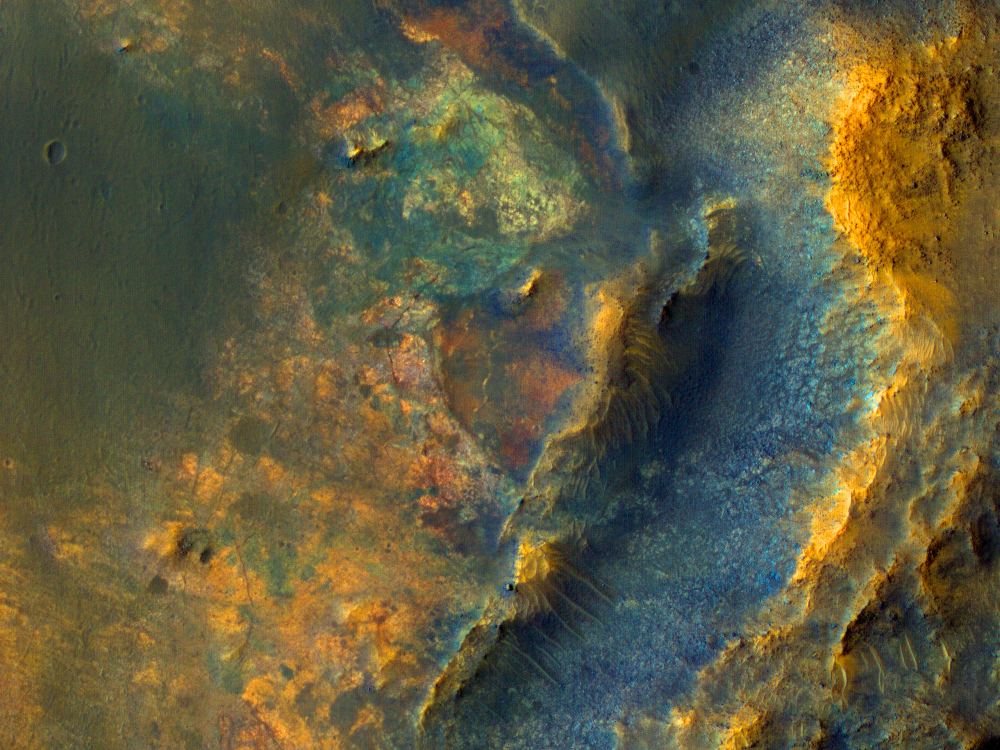NASA’s Perseverance Rover is busy exploring Jezero Crater on Mars. Part of its mission is to collect samples for retrieval by a future mission. NASA and the ESA haven’t determined where the sample return mission will land yet.
That depends on the Perseverance mission and how it spends the rest of its time on Mars. But we know of one possible—albeit ambitious—landing spot: just west of Jezero Crater.
If intellectual curiosity about nature is one of humanity’s finest traits, then the people associated with the HiRISE camera have a serious case of it. HiRISE is the High-Resolution Imaging Science Experiment camera on NASA’s Mars Reconnaissance Orbiter. A recent HiPOD or HiRISE Picture of the Day shows a possible landing location for the eventual Mars Sample Return mission.
The thing is, it’s well outside of Jezero Crater, and it’s based on a “hopeful scenario” according to the team at HiPOD.
“This image was acquired based on a hopeful scenario in which the Perseverance rover has an extended mission or two and travels outside of Jezero Crater to explore terrains to the west,” the HiPOD post says. “In this scenario, the decision could be made to land the Mars Sample Return (MSR) mission here to pick up samples collected by Perseverance.”

HiRISE paved the way for the Perseverance Rover. Its high-resolution images were critical to assessing potential landing spots for the mission. The MRO’s Compact Reconnaissance Imaging Spectrometer for Mars (CRISM) instrument also played a critical role in identifying and mapping concentrations of different minerals on the Martian surface.
CRISM identified carbonate minerals in Jezero Crater that are particularly interesting because they form in the presence of water. Initially scientists thought they formed in the ancient paleolake inside Jezero, but recent research suggests the carbonated formed elsewhere and were carried into Jezero by a river. The possible MSR landing spot in the HiPOD image is upstream from Jezero Crater.

Perseverance has been on Mars for over 400 Earth days so far, and it’s planned mission length is 687 Earth days. But Mars rovers have a habit of extending their missions. Perseverance’s RTG should provide enough power for a mission extension, and the rover is in good condition. There’s a possibility it could leave Jezero Crater and head west to explore interesting areas.

Perseverance likely won’t exhaust all of the scientific potential in Jezero Crater. Why risk an overland journey?
Perseverance’s entire mission is a series of calculated risks, and so far the calculations have been reliable. If there are compelling enough reasons to leave Jezero behind and explore nearby interesting areas, maybe the mission operators will do it.
In that case, the region highlighted in the HiPOD could very well be in play as a landing site for Mars Sample Return.
More:
- University of Arizona: HiRISE camera page
- MRO: CRISM instrument
- Universe Today: Perseverance has Collected its First Sample of Mars and Prepared it for Return to Earth… Eventually

